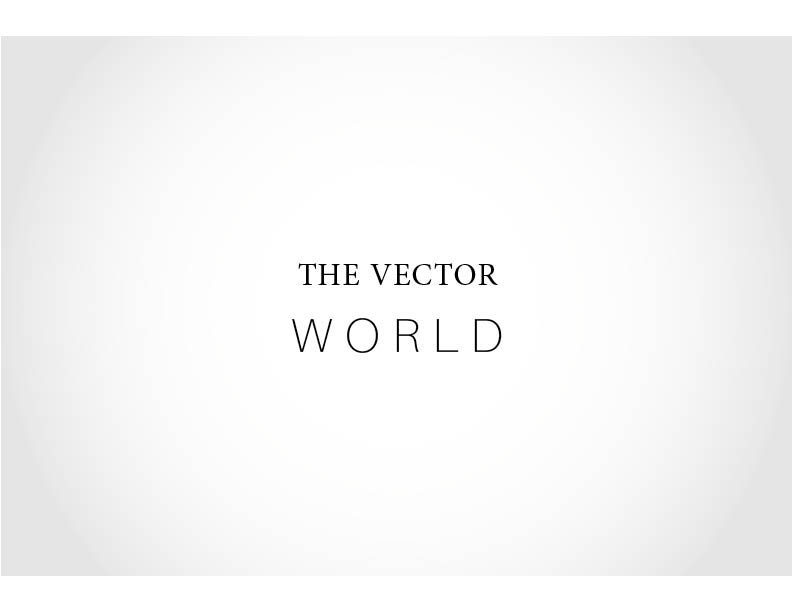On Sunday, December 4, the fifth annual Breakthrough Foundation ceremony took place in Silicon Valley. Over $25 million was awarded to scientists for their work in the fields of mathematics, life sciences, and fundamental physics.
The Breakthrough Foundation was started in 2012 by several individuals, including Sergey Brin, Yuri Milner, and Mark Zuckerberg. “It sprang from Mr. Milner’s decision in 2012 to hand out $3 million apiece to nine theoretical physicists, in the belief that physicists are equal to rock stars and deserve to be paid and celebrated like them” (NY Times). Over time, the prizes changed to encompass mathematics and life sciences, both of which are growing fields with incredible potential for changing the world. It brings great joy to many people that scientists are being rewarded for their life’s work that serves intellectual purposes, much like celebrities are rewarded for their life’s work that serves entertainment purposes.
Like the yearly Academy Awards Ceremony, the Breakthrough Prize event was quite extravagant. It took place at the NASA Ames Research Center in Mountain View, part of Silicon Valley, California. The ceremony was hosted by Morgan Freeman and featured performances by Alicia Keys and Will.i.am. Other guests included actors Vin Diesel and Sienna Miller and astronauts Mark and Scott Kelly. However, the main focus of the night was the group of scientists who had dedicated so much of their time and effort in doing research.
Many prizes were given out, but one of the notable ones was in the discipline of fundamental physics. Scientists Ronald W.P. Drever, Kip S. Thorne and Rainer Weiss were awarded for their LIGO (Laser Interferometer Gravitational-Wave Observatory) experiment that detected the emission of gravitational waves from black holes. Another noteworthy individual was Harry F. Noller, a researcher at the University of California, Santa Cruz. Noller utilized X-ray crystallography to view the structure of ribosomes – important organelles in virtually every living cell – and how they operate. Also in the field of life sciences was the work of Harvard Medical School Professor Stephen J. Elledge. The scope of his research is wide, but one important finding was a test he developed that could, with just one drop of blood, reveal almost every virus a person had been exposed to.
One newer prize was given to the winners of the Breakthrough Junior Challenge, which had partnered with online learning site Khan Academy. Students who created videos that effectively explained concepts in science or math had the chance to win a $250,000 college scholarship. Furthermore, a winner’s teacher would receive $50,000, and his or her school would acquire a new science lab. One of the winners, Deanna See – a 17-year-old from Singapore – created a video called “Superbugs! And Our Race Against Resistance,” which dealt with the topic of antibiotics and their effects on bacteria’s resistance.
The Breakthrough Prizes, although very new and relatively unheard of, are part of a significant movement to make science more appealing. The recipients received large prizes of up to $3 million individually. The money can be used for even more research, and is more reliable and promising to recipients than applying for grants or government funding. In addition, the Breakthrough Prizes are unique in that they encourage young students to be passionate about science and to share that passion.



























